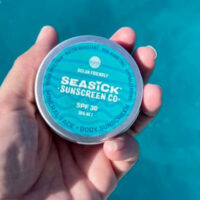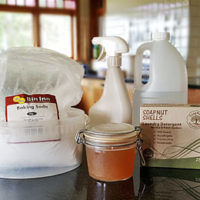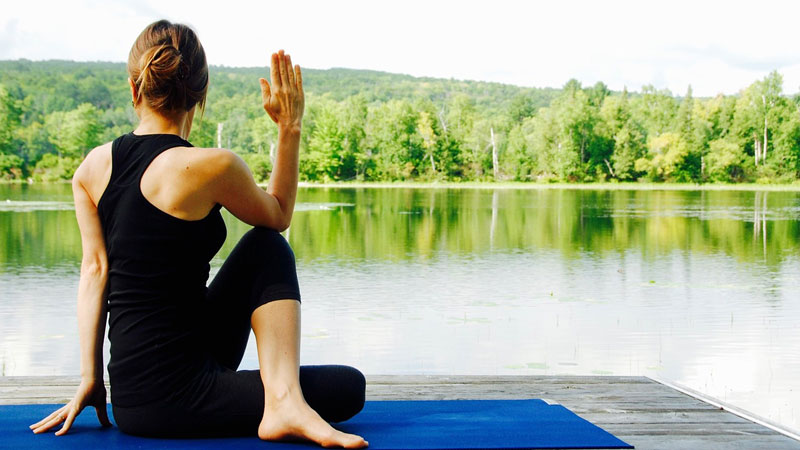
Healthy is a word I like and I often use it when in discussions with our children about food choices, exercise, friendships and life in general. To me, it’s a much more meaningful term than other words we sometimes use like ‘slim’, ‘fit’ or ‘nice’ which we think are positive and equate to a healthy human, but they really only refer to someone’s’ size, or perhaps how far they can run. Healthy living means so much more than how we look and how our bodies are working. It’s about how we feel in our own skin, how we deal with life’s challenges, how we interact with the world….are we happy..??
What Does the Word ‘HEALTHY’ Actually Mean..??
The World Health Organisation defines health as being “a state of complete physical, mental and social wellbeing and not merely the absence of disease or infirmity”. I think this sums it up perfectly and highlights the point of it being a holistic term not simply referring to a single aspect of a person’s medical, mental or physical condition.
Healthy living and being healthy can mean very different things to different people but there are some themes that will be consistent, even if applied in personal ways. So, with that in mind, we’ve put together a beginner’s guide to healthy living. It covers the main areas that, when combined in your very own unique healthily living style, make for a fairly healthy you!!
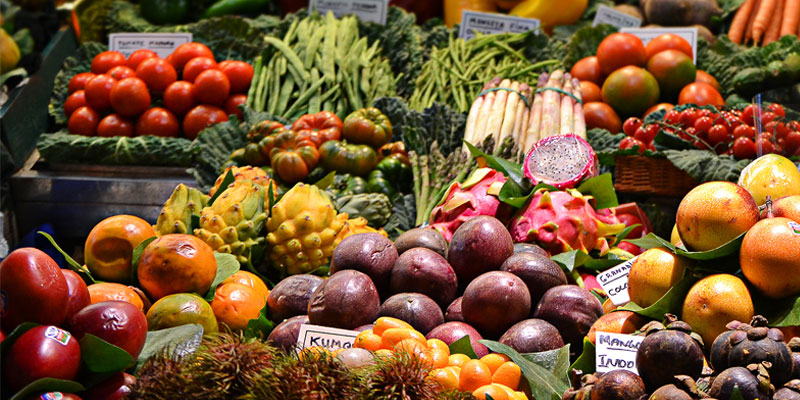
1. What We Eat
As we’ve discussed previously, our diet plays a big role in our overall wellbeing and can impact our health in many ways – both positively and negatively. Firstly let’s be clear about what we mean when we say ‘diet’. ‘Diet’ is not a 2 week period when we only eat cabbage with cayenne pepper sprinkled on it or even a 6 week stint when we attend a slimming club with the end goal being to lose weight. ‘Diet’ in the healthy living sense of the word, means what we eat or consume every day to nourish our bodies and make them glow from the inside. It’s the habitual aspects of our diet that really count – i.e. what we do 80% of the time.
And as we’ve said before, everyone is different and diets are no exception. One person’s go-to healthy snack is another’s allergen. So it’s important to consider your body’s very unique requirements when it comes to diet and healthy food choices. Generally speaking, minimising your intake of highly processed foods, saturated fats and sugar is a good move towards a healthier lifestyle.
Cooking at home from scratch is my favourite part of healthy living and a great way to minimise your intake of processed food. And because you’ve cooked it with love using real ingredients, it will taste so much better….!! Next time you pick up a packet of something, have a read of the ingredients list. If it’s really long with lots of numbers in it, has anything in it that calls itself artificial or contains things with chemical names you are not familiar with, the packet is probably best left on the shelf.

Upping the quantities of plant based foods in our diet such as fruit, vegetables, whole grains and nuts is also recommended. I had a bit of a diet epiphany a few years back when we had a BUMPER crop of green beans from our garden. Every day I would collect up to a kilo of beans. And they had to be eaten – I don’t do waste. So our meals consisted of a HUGE pile of beans, alongside a small piece of meat, casserole, small serving of pasta or fish or whatever the ‘main event’ was that night. And if that sounds a little boring, I think it could have been!! But I was imaginative and creative with dressings and made some epic bean salads so it was more than just beans, beans, beans….. Any leftover cooked beans were sautéed up the next morning with an egg.
So we ate a lot of beans. But it taught me that our portion sizes (mine in particular) were a little on the large side and actually a much smaller portion of meat/fish/pasta was enough. I felt full but not stuffed and uncomfortable and I was delighted that this helped me improve my breakfast routine too which had previously been a piece of toast or two which I knew was a bit crappy, I just didn’t really know what to change it to. The rest of my diet did not change and I still indulged in my vices, yet making this small change shed over 6kg and gave me better skin. #winning
The requirement to use all those beans totally changed the way we eat as a family. Vegetables now play a much greater role in my meal planning and the portion sizes of meat, fish and pasta have become more reasonable….and affordable. If you take anything away from this, know that making small tweaks to your diet can work wonders. No faddy fasting or celebrity diets are sustainable. Small changes that lead to healthy living habits are.
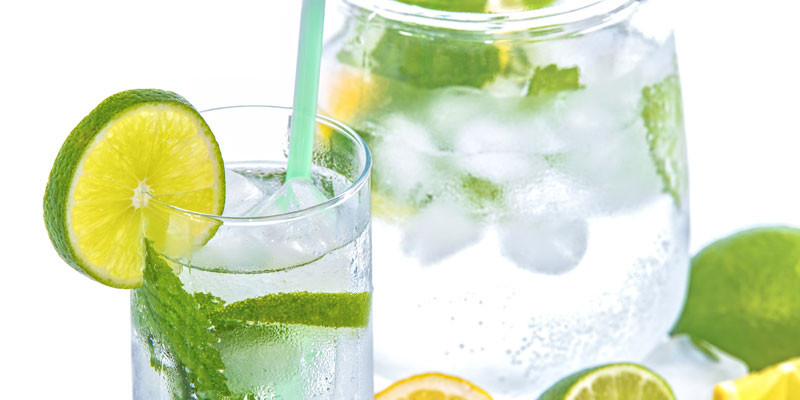
2. Drink…!!
Hydration is a biggy for healthy living. Us humans are made up of around 70% water so it stands to reason that we need to keep those levels topped up. The recommended daily ‘dose’ varies but generally it’s around 3L for men and 2L for women. That sounds like a lot right…?? It’s worth noting here that you don’t have to drink your entire daily dose – what you eat counts too. Foods that are particularly high in water (over 90%) include cucumber, lettuce, celery, tomatoes and watermelon (the clue is in the name..!). Herbal teas and soups would also count.
If you’re really not a fan of water, it can be even more difficult to get an adequate daily intake. But there are ways to mix it up and get different flavours into your H2O which might make it more palatable for you. Try adding a slice or two of citrus or for a really refreshing taste, try a slice of cucumber or a small wedge of rockmelon. Make a jug up in the morning and keep it in the fridge so you have instant access to cold, flavoured water!!
Monitoring your intake can be hard though and if you’re like me…if you don’t physically feel thirsty, it can be hard to remember to drink enough water. But it’s worth doing. Water not only helps keep our skin plumped and healthy (and less prone to wrinkles), it flushes out toxins, keeps our joints lubricated so injuries are less likely and is a great way to keep headaches at bay. If you’re struggling with the whole 8 glasses a day thing, try setting an alarm which will be your reminder to get up and ‘drink’ a glass of water. And another great tip I once heard was…never refuse a glass of water if someone offers you one.
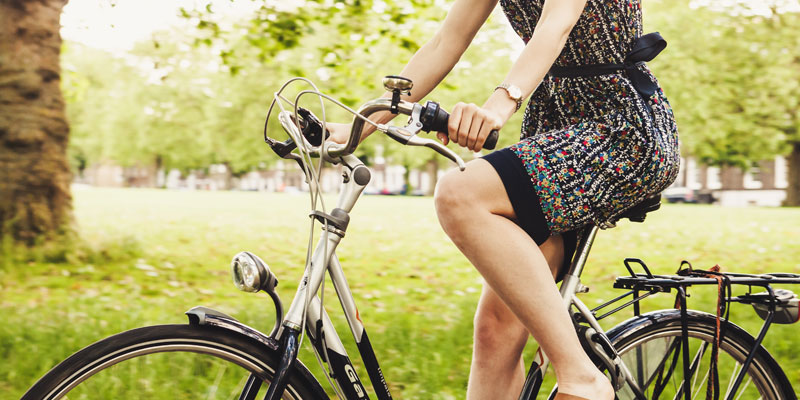
3. Get Outside and Move
Getting outside into nature and maybe doing a little exercise is another cornerstone in the foundations of our overall health and wellbeing. Studies have shown that as little as fifteen minutes a day spent in nature is enough to lower blood pressure, stress hormone levels and feelings of frustration, and increase feelings of vitality. There is also evidence to suggest that exercising can be as effective as medication for those who experience low mood states such as depression or anxiety.
But we must enjoy what we do and it must fit in with our routine and lives in general. It’s no good joining a gym with unrealistic goals of weight loss and fitness, if you don’t actually LIKE the gym or you might struggle to find the time to fit it into your day (which then makes the perfect excuse not to go…!). Exercise is far more likely to ‘stick’ if you enjoy it, because when we enjoy things, we make time for them and then…they become a habit – not an effort.
Lots of my friends like running, for example, and they do this to keep fit and challenge themselves mentally and physically. I hate running and I’m rubbish at it, but I know that for me to be healthy I need to get some form of exercise. I do like walking though, so I walk every day with my dog and this is my daily exercise, ‘me’ time and opportunity to be in the fresh air. Some people love the gym, playing a sport or getting out into their garden and others would prefer the quiet calm of a yoga session. All represent part of a ‘healthy living routine’, whilst being unique to the individual. It’s just about finding out what works for you.
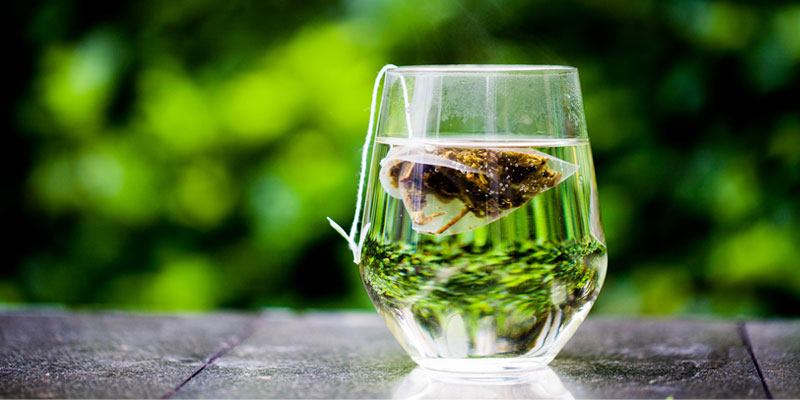
4. Let’s De-Stress
Stress is a part of life. And it’s even more prevalent in today’s fast paced connected world of technology, travel, deadlines, big careers, bigger families and the new (ish) idea (slash, expectation) that we can do it all. But rather than trying to avoid stress (how difficult would that be…?), perhaps we’d be better to arm ourselves with tactics and tools so we can use stress to our advantage or manage it so it doesn’t overwhelm us.
When we get stressed, our sympathetic nervous system releases a surge of hormones into our bodies including adrenaline, cortisol and norephedrine. Prolonged, or over-exposure to these hormones has a whole range of negative impacts on the body’s systems as blood is drawn away from vital organs to invoke the ‘fight or flight’ response; our body’s most basic, instinctive reaction to stress.
Stress used to mean we might be running from a wolf or a bear and those hormones helped us run a bit faster. Today, the scenario is rather different and many people are experiencing stress all the time, despite there being no wolves chasing us.
Using mindfulness and breathing techniques is a great way to manage stress levels and keep those fight or flight hormone releases in check. Mindfulness is a form of meditation that focuses on breathing, and being aware; ‘in the moment’, whilst recognising whatever feelings we are having without judgement. It can be practiced and used across the spectrum from intensive cognitive therapy for severe anxiety, to a simple routine used by a busy person who might take a few minutes out of their day to be mindful.
Natural remedies also have their place in helping to relieve stress and anxiety. Essential oils like lavender and certain herbal teas can work wonders. There is evidence to suggest that chamomile tea possesses anti-anxiety properties and can be used to treat stress and insomnia whilst green tea contains the amino acid l-theanine which boosts our energy levels and helps give us a sense of calm and clarity. So next time you’re feeling a bit put upon or things are getting on top of you, take 5 minutes out of your day to sit down and enjoy a cup of green tea!!
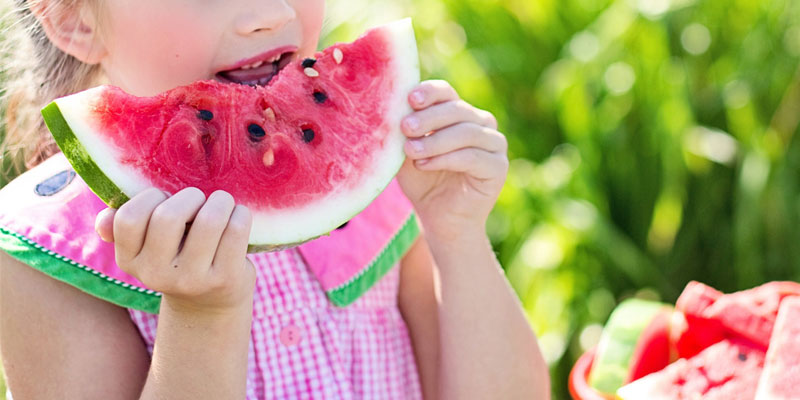
5. Get the Kids On Board with Healthy Living
The children are our future, teach them well and let them lead the way. A dubious old Whitney song…but it IS true. What we give them now in terms of knowledge and life tools will hopefully go with them into adulthood. So if we educate them, get them interested in healthy living and nurture within them a love and respect for the environment, they will be armed and ready to make healthy choices for the rest of their lives.
A great way to do this is get them involved and of course…lead by example. Include them in a baking session and explain why we’ll choose to divert from the recipe and only put in 100g of sugar when it says 300g. Take them out into the garden and get them to help plant some seeds and then harvest their very own organic vegetables which they can then help to prepare and eat. Have a chat about why you choose not to use chemical sprays and how much more healthy the garden and vegetables are as a result.
Use the words and put into practice the 3R’s; Reduce, Re-use, Recycle. They can help to sort out the recycling and when you take it to the tip, discuss the ever increasing pile of rubbish that’s collected and how they could reduce whatever their home contributes. Maybe by re-using their old school books for projects at home or gifting items they no longer play with to a friend or charity shop would be better than simply throwing them away…??
Take them shopping and allow them to make some selections – many will have to go back onto the shelf (!!), but it’s a great conversation starter about why we might not choose to buy that brightly coloured packet of instant noodles – because it contains nothing that will nourish their bodies and nothing that will give them strength and energy to grow. Instead, offer to create a noodle dish at home from scratch which they can help with. It will be much tastier and better for their bodies than the packet version.
Kids are sponges and they will model our behaviours. If we lead by example we’ll be doing them, and the planet a favour.
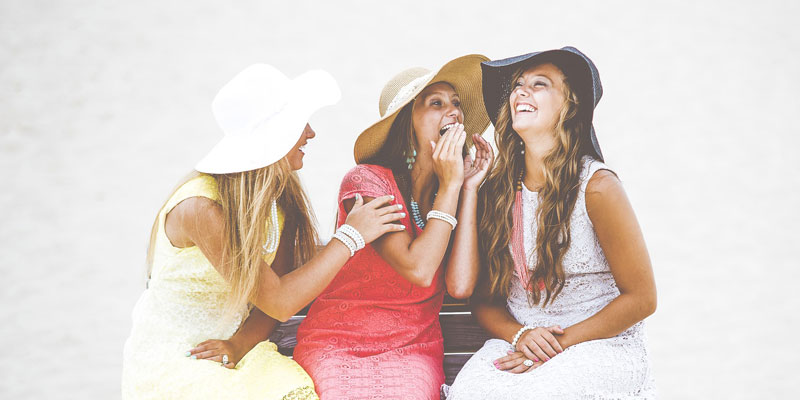
6. Surround Yourself with People that Make You Happy
Healthy relationships are a vital component of healthy living and wellbeing. Studies have shown that people who have satisfying relationships with family, friends and their community are happier, have fewer health problems and live longer. And according to a 2013 study in the International Society of Psychoneuroendocrinology Journal, scientists found that just by reaching out to someone during a stressful event you could improve your mood and reduce stress levels. The opposite is also true; a relative lack of social ties is associated with depression and later-life cognitive decline as well as increased mortality.
True friends should be supportive, fun to be with, interested in you and your life, and honest to a fault but kind with it. They should be able to tell you if they think you’re making a bad decision or they’re upset with you. They should feel they can rely on you at all times, and you them. Your connection should be almost sensory.
Of course, all our friends won’t be like this. My mother advised me quite early on in life that I’d be very lucky if I ended up with 1 or even 2 ‘best’ friends, and I think she was right. I am married to one of them and I think that might be my lot. So I AM lucky.
But we need more than one friend. Not all of them will tick all the boxes, but ideally we’d have a social network made up of groups of people that we get together with to enjoy a common interest, for example. People we like to have coffee with, people we enjoy playing sports with or are part of a club we belong to. Maybe we’re lucky enough to work with a cool bunch of people that we can also socialise with…?? The more groups we have, the easier it will be to find a friend when you need one.

But ultimately, we need to be our own best friends. The relationship we have with ourselves is the most important we will ever have (Thank you Dr Libby) and we should only make the investment of time and energy into relationships that complement and enhance that which we have with ourselves.
So there we have it. Our beginners guide to healthy living. It might seem like a lot to take in at first, but one of the best things we can remember and embrace is that we don’t have to be perfect…we just have to make progress.

